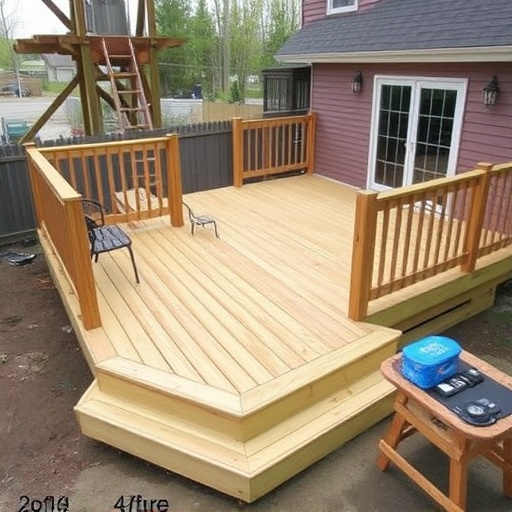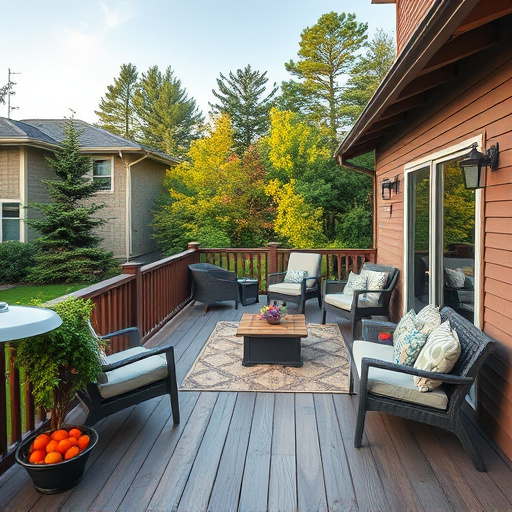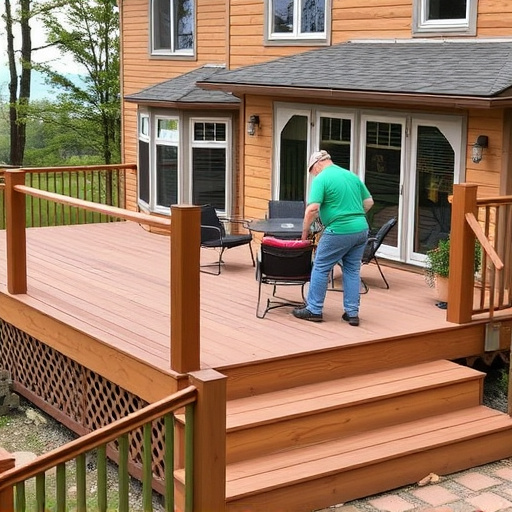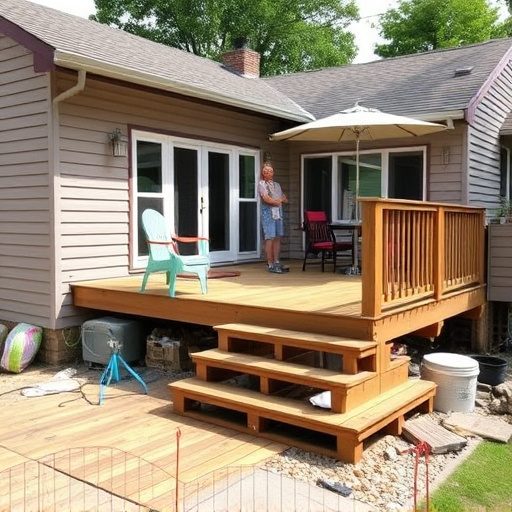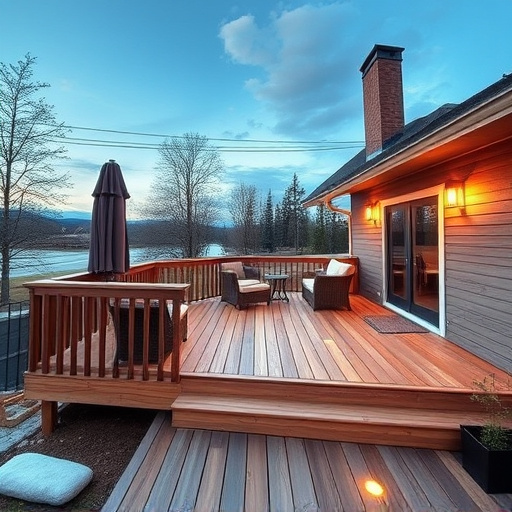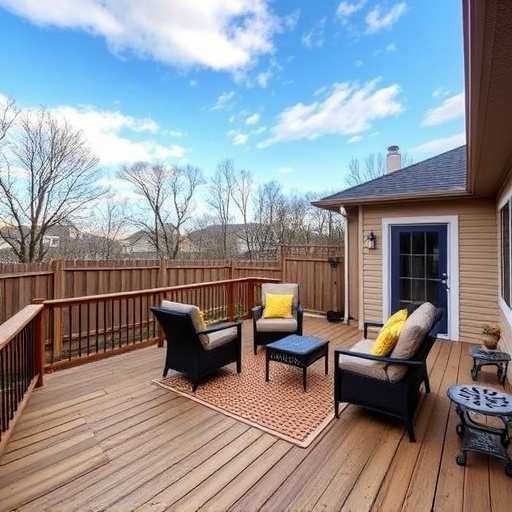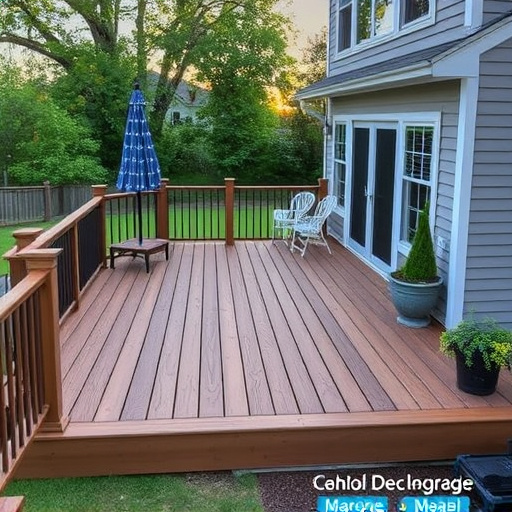Deck framing requires careful planning, including material selection (like treated lumber and steel components), climate-appropriate design, load capacity analysis, and precise alignment for structural integrity and aesthetic appeal, especially when integrated with residential roofing and siding. Proper framing ensures durability, safety, and seamless integration with home exteriors.
Deck framing is a crucial aspect of creating a safe and sturdy outdoor living space. In this article, we’ll explore essential tips for successful deck framing, focusing on understanding fundamental principles, selecting durable materials, and achieving precise spacing and alignment. By adhering to these guidelines, you can build a strong foundation for your deck, ensuring longevity and stability that withstand the test of time.
- Understanding Basic Deck Framing Principles
- Choosing the Right Materials for Durability
- Ensuring Proper Spacing and Alignment for Stability
Understanding Basic Deck Framing Principles

Deck framing is a crucial aspect of any outdoor living space, offering both structural integrity and aesthetic appeal. Before beginning any deck construction or renovation project, it’s essential to grasp fundamental deck framing principles. This knowledge ensures not only safety but also enhances the overall quality and longevity of your home exterior services.
A well-framed deck starts with meticulous planning. Proper measurements and material selection are key. For example, choosing suitable lumber for joists and beams is vital, considering factors like durability, resistance to rot, and local climate conditions. Additionally, understanding spanning capabilities and load requirements ensures that the deck can support its intended weight, including any future additions like furniture or a deck cover. This process involves calculating span lengths and selecting appropriate connectors, all of which contribute to the overall stability of the structure, critical for any residential roofing and siding project.
Choosing the Right Materials for Durability

When it comes to deck framing, choosing the right materials is paramount for ensuring both durability and safety. Opting for high-quality lumber treated with preservatives can significantly extend the life of your deck, protecting it against rot and insect infestation. For added strength and stability, consider using structural components like steel joists and brackets, which offer superior resistance to wind and weight load.
Remember that your deck framing materials should be suited to your local climate and conditions. In regions prone to storms and extreme weather, opting for durable species like pressure-treated wood or composite materials can prevent damage from moisture and elements, ensuring your home exterior services remain intact and reducing the need for frequent storm damage repair.
Ensuring Proper Spacing and Alignment for Stability

When it comes to deck framing, ensuring proper spacing and alignment is paramount for both safety and stability. Each component of the frame—from posts to joists—must be meticulously positioned to bear the weight of the deck and withstand environmental factors like wind and rain. Proper spacing not only provides structural integrity but also prevents potential hazards, such as uneven surfaces that could lead to trips and falls.
In residential decking projects, especially those involving residential siding or roofing, aligning the frame accurately is crucial. Proper alignment ensures that the deck seamlessly integrates with other elements of the home’s exterior, enhancing curb appeal. It also guarantees that the deck will be level and secure, reducing the risk of structural damage over time. This attention to detail during the framing stage sets the foundation for a safe, durable, and aesthetically pleasing deck.
When it comes to deck framing, adhering to basic principles, selecting durable materials, and maintaining precise spacing and alignment is paramount for both safety and structural integrity. By understanding these key aspects, you can create a sturdy and long-lasting outdoor living space that seamlessly blends functionality with aesthetic appeal. Safe, stable decks are within reach—all it takes is attention to detail and the right framework.








